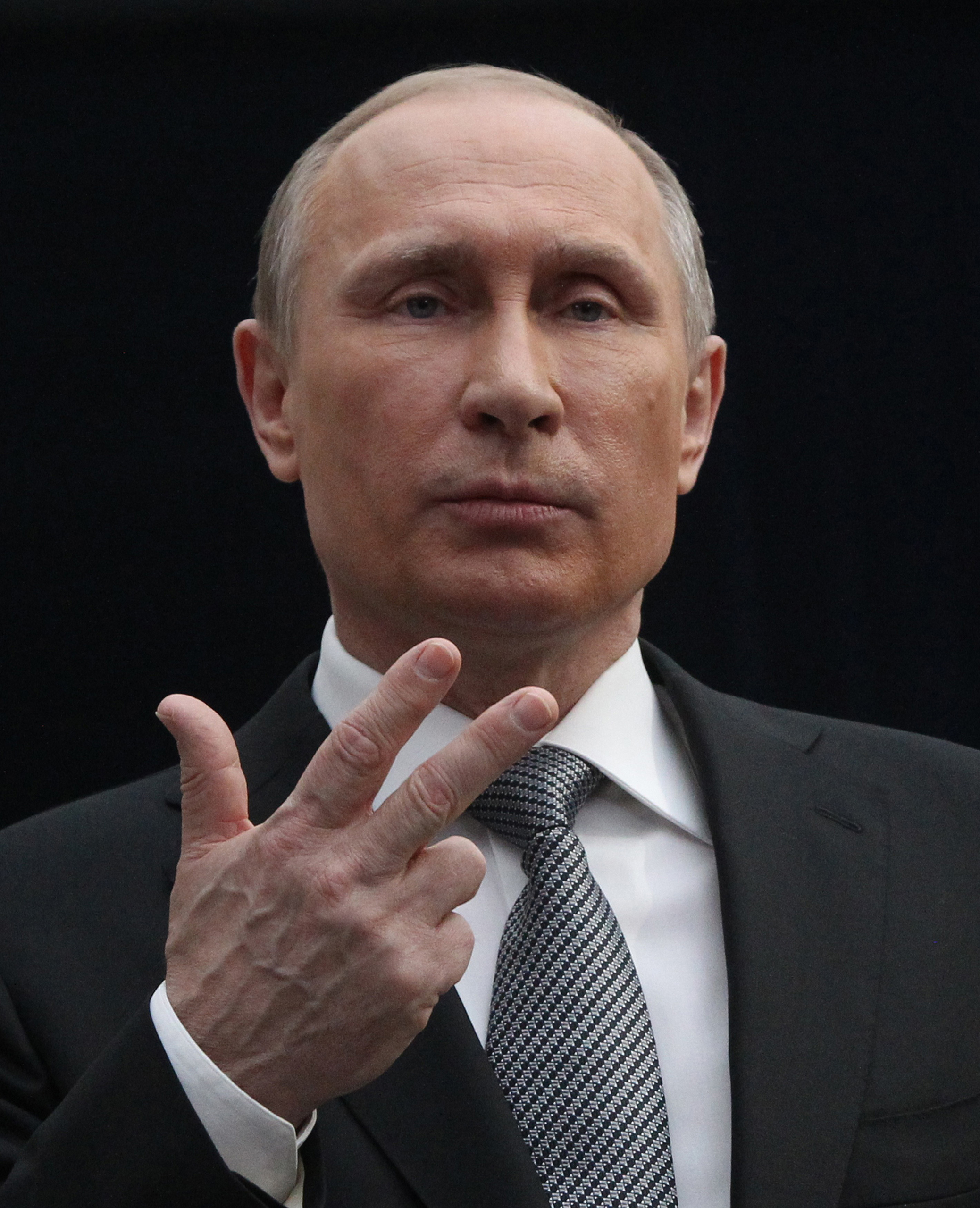
Every day American pilots fly scores of sorties against terrorist targets in Syria. And on every mission, the pilots watch their instruments for signs that one of the Syrian government’s thousands of surface-to-air missiles, including Russian batteries possibly manned by Russian military advisers, is preparing to blow them out of the sky.
The pilots aren’t the only ones worrying. The dangerous consequences of an accidental U.S.-Russian confrontation in Syria are front of mind for senior American officials right now–over the past two weeks, relations with Moscow have taken a sharp and accelerating turn for the worse around the world. Russia has deployed nuclear-capable forces to the Mediterranean and to the Baltic exclave of Kaliningrad, a Russian province separated since 1945 from the motherland by Poland and Lithuania, two NATO allies. The U.S. has publicly accused Russia of meddling in the upcoming U.S. presidential election and the White House is threatening unspecified retaliation. Relations are now at their lowest since the end of the Cold War, and Washington and Moscow are worrying about how much worse things can get.
The recent unraveling began with a moment of hope. On Sept. 9, after seven months of arduous diplomacy, Secretary of State John Kerry and Russian Foreign Minister Sergei Lavrov announced a cease-fire in the 5½-year Syrian civil war. But the deal was strained from the start. Russia insisted on creating a Joint Implementation Center (JIC) where American and Russian officers would sit together and share targeting data on ISIS and al-Qaeda. Kerry agreed, but the Pentagon didn’t trust Moscow. President Barack Obama and his senior national-security team had to overrule repeated Pentagon objections to the deal, according to a senior Administration official. The Pentagon saluted and readied for its role in the JIC, but its displeasure leaked to the media.
Five days after the deal went into effect, the U.S. accidentally bombed Syrian government forces in the east of the country, killing at least 60 Syrian troops. The U.S. apologized for the error, but Russia said the U.S. was intentionally undermining the cease-fire. Two days later, Syrian air forces–and likely Russian ones too, according to Washington–attacked a U.N. aid convoy to the besieged and beleaguered city of Aleppo, killing at least 20 people.
On Oct. 3, with the Syrian and Russian slaughter of civilians in Aleppo accelerating, the U.S. declared the bilateral diplomatic effort with Russia dead. The same day, Russian President Vladimir Putin announced he was suspending a 16-year-old nuclear agreement with the U.S., and over the following week he shelved two more. On Oct. 5, Russia sent two warships armed with nuclear-capable Kalibr cruise missiles to the Mediterranean, and three days after that, Russia deployed its nuclear-capable ballistic missile system Iskander to Kaliningrad. On Oct. 7, Russia said it might reopen spy and military bases in Cuba and Vietnam.
At the same time, Russian meddling in the U.S. election accelerated, with new leaks of emails stolen by agents of Russian military intelligence emerging almost daily via WikiLeaks and other sources. On Oct. 7, the U.S. intelligence chief announced that Russia was to blame for the leaks, and on Oct. 11 the White House threatened a “proportional” response. Washington believes Putin wanted the Syrian cease-fire, and the direct military cooperation with the U.S. that he demanded, as a way to signal Russia’s return as a global player. Now he is taking back multiple concessions made during his reign. “Putin is writing off the past 15 years of U.S.-Russian relations,” says Tom Graham, former President George W. Bush’s top Russia aide. “Everything’s back on the table.”
The State Department is trying to restart diplomacy through other channels: on Oct. 12, the U.S. announced upcoming multilateral Syria talks that include Russia. The most important remaining contact, however, may be the line of communication the two sides keep open to prevent accidental conflict between U.S. and Russian forces in Syria. Amid the chaos, that could be a flash point for a wider confrontation. “They haven’t crossed the point of no return,” says Graham, but “who knows where it stops once you’re shooting at each other?”
–With reporting by SIMON SHUSTER/BERLIN and MARK THOMPSON/WASHINGTON
More Must-Reads from TIME
- Donald Trump Is TIME's 2024 Person of the Year
- Why We Chose Trump as Person of the Year
- Is Intermittent Fasting Good or Bad for You?
- The 100 Must-Read Books of 2024
- The 20 Best Christmas TV Episodes
- Column: If Optimism Feels Ridiculous Now, Try Hope
- The Future of Climate Action Is Trade Policy
- Merle Bombardieri Is Helping People Make the Baby Decision
Contact us at letters@time.com